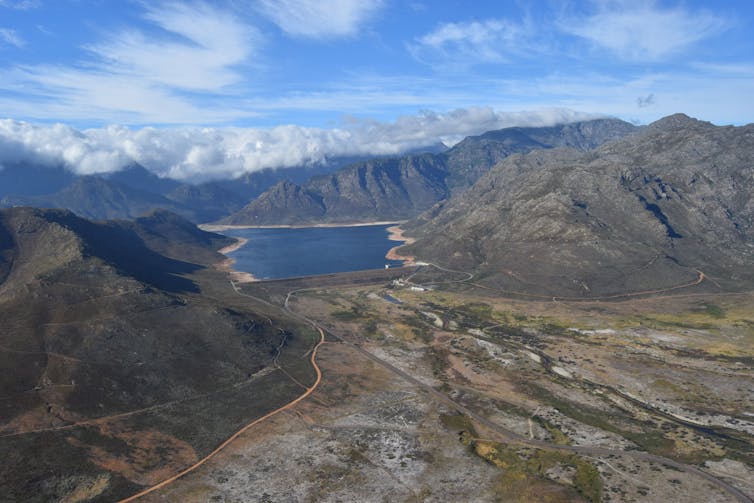Chapter 2, Summary: Ingenuity helps create critical situations from which humans are unable to emerge. Societies often become accustomed to hardship, unmotivated to prevent it. While learning is one of the human species' special skills, it sometimes fails. Innovation has unpredictable results that defy solutions unless humans are boldly creative. Science creates complex factors such as pollution related disease, or climate change. Subjugating nature is part of man's culture,* but while science has given us powers for dominating nature, it has created new forces that we cannot easily overcome.
Excerpts (Chapter 2, Escaping the progress trap)
- What happens when into this soup of innovation are poured ingredients which act as catalysts for results that we don't expect and cannot control? Stratospheric ozone loss is one instance where an unanticipated catalyst, in this case ultraviolet light, allows chlorine atoms to escape from chlorofluorocarbons (CFCs) and break down ozone in the upper atmosphere. This lack of ozone lets excessive amounts of ultraviolet light through to the earth, where it contributes to cancer and plant mutation. Closer home, the catalyst for the creation of toxic ground level ozone from exhaust fumes is something benign: sunlight. Car-makers are trying to control this with catalytic converters. But what about deforestation, which when combined with global warming or climate change produces flash floods that cannot be controlled? People die in large numbers and disease becomes rampant, while homes and livelihoods are washed away. Reforestation could reverse these trends but it often happens too late.
- As the innovation cocktail becomes ever more complex, who is to say what the next great catalyst will be or how disastrous? We don't know what combination of ideas, compounds and organisms will bring forth some unprecedented future curse, or blessing. There is much evidence to suggest that we, in the industrialized world, are pursuing progress with a blindness that could lead to the creation of a problem that no one will be able to predict or plan for. With a constant stream1 of additional chemicals being introduced, there is no telling when the next catalytic mishap will occur.2 Yet there are also unprecedented opportunities to avoid this fate, with education reaching new peoples and intellectual cross-pollination taking place among cultures whose flowering has yet to happen.
- * Sigmund Freud, Civilization and its Discontents, W. W. Norton, New York, 1989, p. 27.
- 1. "Some 1,0002,000 new chemicals enter the commercial market every year, many without adequate prior testing or evaluation of effects" World Commission on Environment and development, Our Common Future, Oxford University Press, Oxford 1987, p. 224.
- 2. "The number of existing substances reported in 1981 was 100,106, the current number of existing substances marketed in volumes above 1 tonne is estimated at 30,000. Some 140 of these substances have been identified as priority substances and are subject to comprehensive risk assessment carried out by Member State authorities. There is a general lack of knowledge about the properties and the uses of existing substances. The risk assessment process is slow and resource-intensive and does not allow the system to work efficiently and effectively. The allocation of responsibilities is inappropriate because authorities are responsible for the assessment instead of enterprises which produce, import or use the substances. Furthermore, current legislation only requires the manufacturers and importers of substances to provide information, but not the downstream users (industrial users and formulators). Thus, information on uses of substances is difficult to obtain and information about the exposure arising from downstream uses is generally scarce. Decisions on further testing of substances can only be taken via a lengthy committee procedure and can only be requested from industry after authorities have proven that a substance may present a serious risk. Without test results, however, it is almost impossible to provide such proof. Final risk assessments have therefore only been completed for a small number of substances." Commission Of The European Community, Brussels, 27.2.2001 COM(2001) 88 final WHITE PAPER Strategy for a future Chemicals Policy, p. 6.







